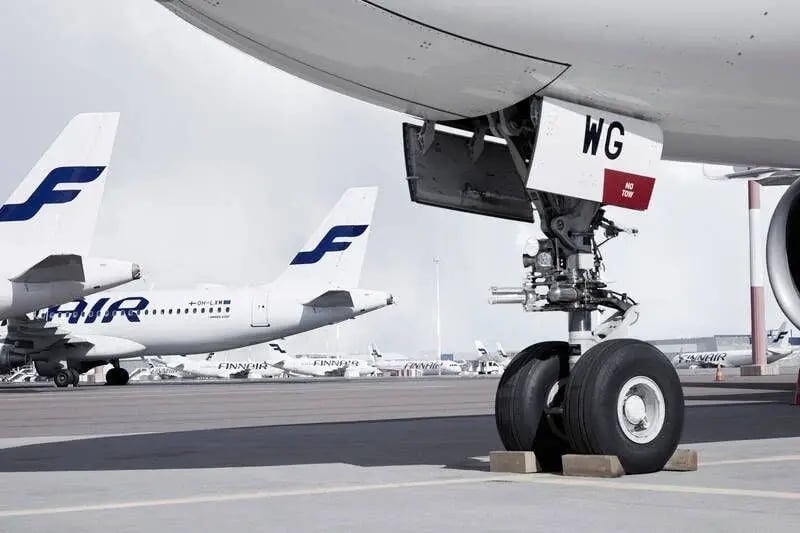Tech Takes Flight RFID & QR Codes in Aviation Tool Management
In the aviation maintenance field, managing tools is crucial for ensuring the accuracy and efficiency of maintenance work. Traditional manual management methods are not only inefficient but also prone to errors, which can pose potential risks to aviation safety. The use of Radio Frequency Identification (RFID) and QR code technology in tool management can significantly enhance management efficiency and accuracy, ensuring precise control over each tool's location and usage status throughout the maintenance process. This article focuses on the working principles and advantages of RFID readers and tags in aviation tool management.
RFID technology identifies and tracks tags using radio waves, enabling automatic identification and management of items. A typical RFID system consists of three components: RFID tags, RFID readers, and antennas. RFID tags contain embedded chips and antennas that store specific data. RFID readers communicate with RFID tags by emitting radio signals through antennas, reading or writing data to the tags. In aviation tool management, each tool is equipped with an RFID tag that records its unique identification information. When a tool passes through a work area or warehouse entrance equipped with an RFID reader, the reader emits radio signals to activate the tag and read the data. This data is transmitted to a central management system, allowing for real-time monitoring of tool locations and usage.
RFID technology offers several notable advantages. First, its efficiency is a major feature. RFID technology can read multiple tags simultaneously without the need for individual scanning, greatly improving tool management efficiency. In the busy aviation maintenance environment, this efficiency is crucial, significantly reducing the time spent locating and returning tools. Second, the accuracy of RFID technology is also outstanding. RFID tags have unique identification codes, and the information they store is reliable and difficult to alter, ensuring data accuracy. Compared to traditional manual recording methods, RFID systems reduce the likelihood of human errors, ensuring precise tool management. Additionally, RFID technology enables real-time tracking. If a tool leaves a designated area or is not returned on time, the system can immediately alert to prevent tool loss or misuse. This real-time monitoring capability enhances the security and reliability of tool management. Finally, the durability of RFID tags is also significant. RFID tags are durable and resistant to interference, suitable for harsh working environments. In aviation maintenance, tools often face high temperatures, high pressure, or other adverse conditions, and RFID tags can function properly in these environments, ensuring continued readability of tool information.
While RFID technology has many advantages, QR code technology also plays an important supplementary role in tool management. QR code labels are cost-effective, easy to produce, and can store more information, making them suitable for tools that are used less frequently or do not require real-time monitoring. By scanning QR codes, maintenance personnel can quickly access detailed information and usage records of tools, complementing the RFID system for comprehensive management. Combining RFID and QR code technologies to build an integrated management system allows for comprehensive control of aviation maintenance tools. The RFID system manages real-time monitoring and management of frequently used tools, while the QR code system serves as a supplementary information storage solution for less frequently used tools. Through a central management platform, all tool information can be consolidated, enabling maintenance personnel to query the status and location of tools at any time, optimizing tool usage and scheduling.

